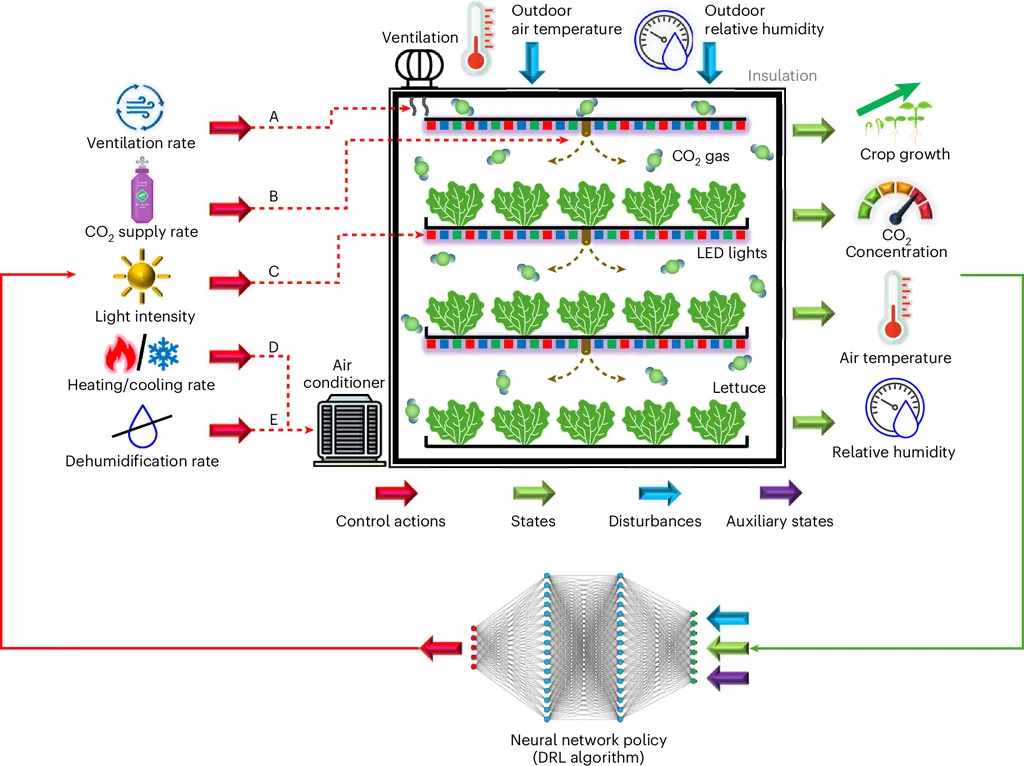In the arid landscapes of Najran, Saudi Arabia, a groundbreaking study has emerged that could redefine how we approach sustainable agriculture and land management. Researchers have developed a hybrid deep learning system that combines the power of VGG16 and EfficientNetB7 models with a Random Forest classifier to accurately classify land use and land cover (LULC) types. This innovative approach leverages digital elevation models (DEMs) and satellite data to provide high-resolution, automatically classified land maps, offering decision-makers a powerful tool for strategic planning.
The study, published in *Open Geosciences*, was led by Halawani Hanan T. from the Department of Computer Science at Najran University. The research highlights the critical role of precise LULC classification in supporting soil conservation, water resource planning, and environmentally conscious land use. By integrating topographical features extracted from stereo-derived DEMs with multi-temporal imagery, the hybrid system achieves an impressive accuracy of 94.2%.
“This hybrid system demonstrates robust performance in differentiating agricultural lands from urban and natural terrains,” said Halawani Hanan T. “It enables efficient monitoring of land use patterns, which is crucial for sustainable agricultural practices and environmental stewardship.”
The implications for the agriculture sector are profound. Accurate LULC classification allows farmers and policymakers to make informed decisions about land use, ensuring that agricultural practices are both sustainable and productive. In arid regions like Najran, where water resources are scarce and soil conservation is paramount, this technology can be a game-changer.
“The system’s ability to provide high-resolution, automatically classified land maps supports strategic planning in these challenging environments,” added Halawani. “This is not just about improving agricultural yields; it’s about ensuring the long-term viability of our land and resources.”
The hybrid deep learning system’s success opens up new avenues for research and development in the field of agritech. By combining advanced deep learning models with traditional machine learning techniques, researchers can achieve higher levels of accuracy and efficiency in land cover classification. This approach could be applied to other regions with similar challenges, providing a scalable solution for sustainable land management.
As the world grapples with the impacts of climate change and the growing demand for food, innovative technologies like this hybrid deep learning system offer hope for a more sustainable future. By leveraging the power of artificial intelligence and remote sensing, we can better understand and manage our land resources, ensuring that they remain productive and resilient for generations to come.
In the rapidly evolving field of agritech, this research stands as a testament to the potential of interdisciplinary collaboration. By bringing together experts from computer science, agriculture, and environmental science, we can develop solutions that address the complex challenges of sustainable land use. The study published in *Open Geosciences* by Halawani Hanan T. from Najran University is a significant step forward in this journey, offering a blueprint for future developments in the field.

